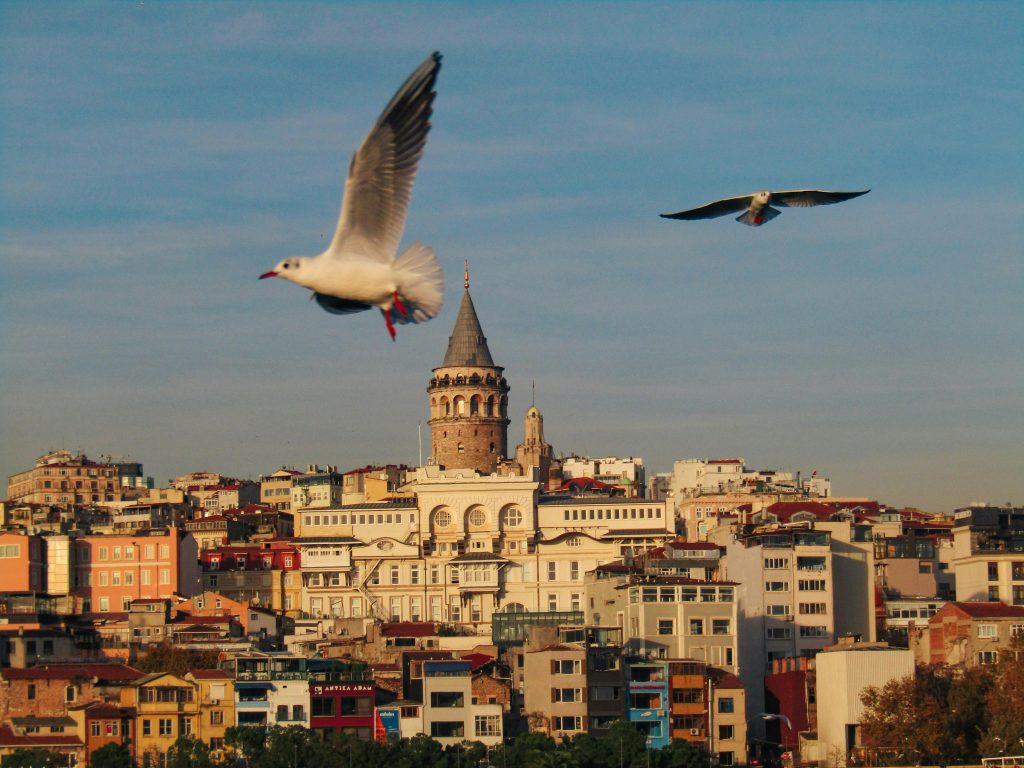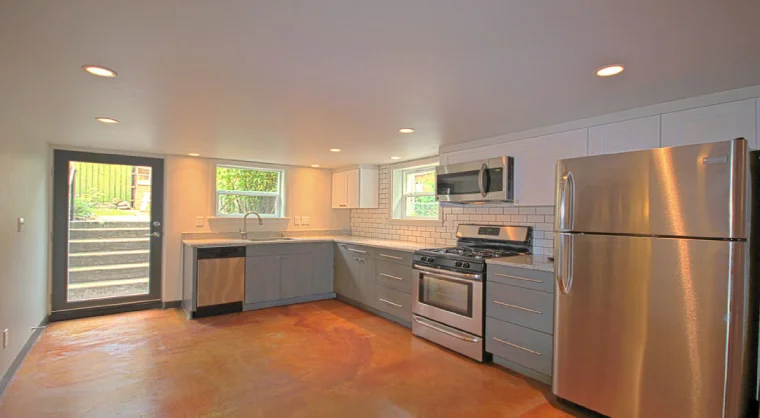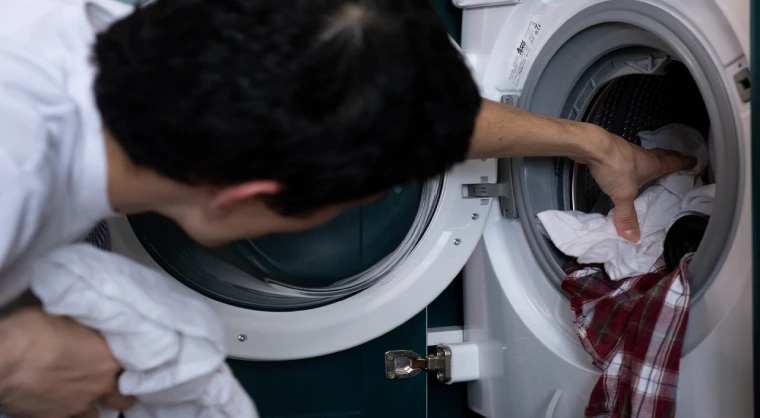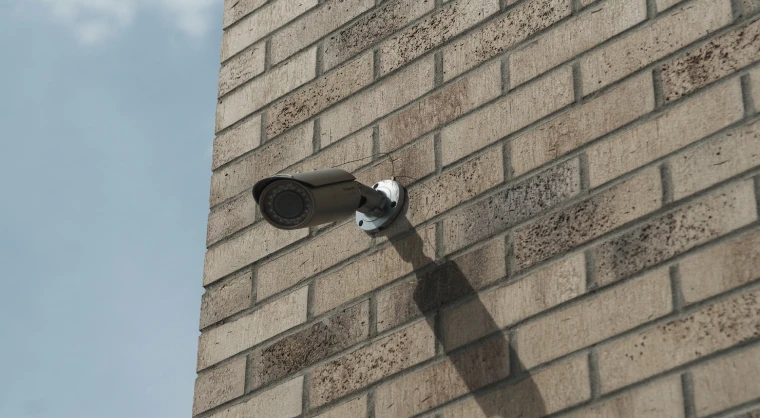- Explore humane methods to deter urban wildlife, ensuring coexistence while preventing property damage and animal welfare.
- Implement trash management strategies to reduce attractions for wildlife, including secured bins and reduced food exposure in urban areas.
- Utilize landscaping and garden modifications to discourage unwanted wildlife visits while promoting natural habitats for species beneficial to the ecosystem.
- Invest in community education and awareness programs to highlight the importance of cohabitation with urban wildlife and shared responsibility.
- Advocate for adopting local policies that support wildlife conservation efforts and humanely treat urban animal populations.
In the concrete jungles and burgeoning urban landscapes, the wilderness is reclaiming a foothold, quite literally, just outside our doors. The harmonious coexistence of humans and wildlife is a delicate dance that requires our attentiveness and respect. Urban sprawl and ecological shifts have led to increasing encounters with wildlife in cities worldwide. This dynamic interplay, inspiring yet potentially fraught, offers challenges and opportunities for residents and local authorities alike.
Understanding Wildlife in Urban Environments
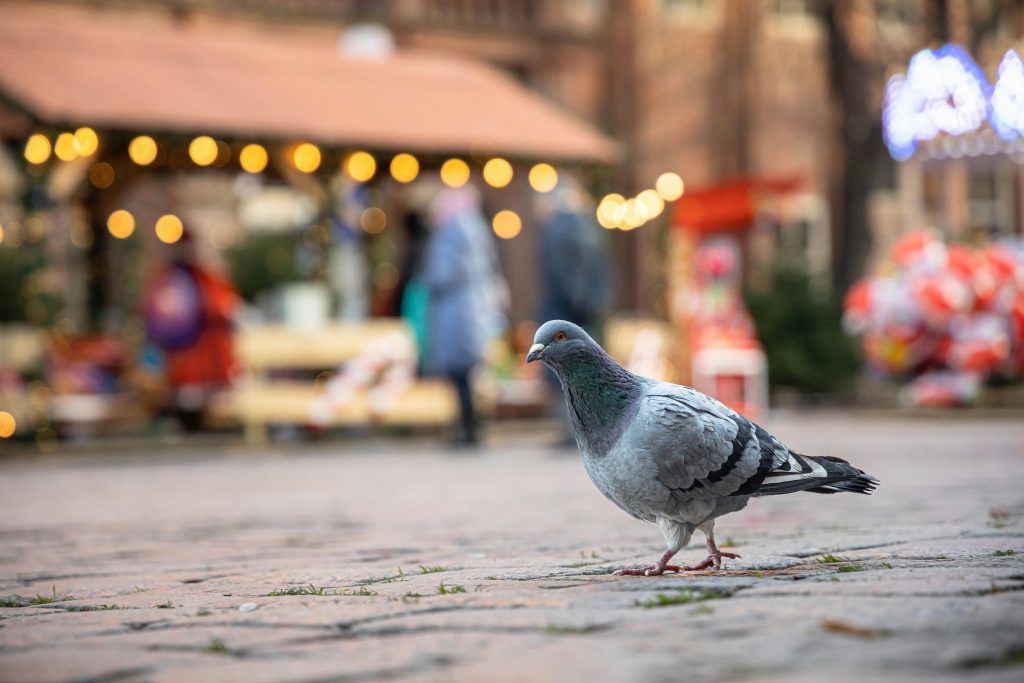
Wildlife in urban environments is not a new phenomenon, but the nature of these encounters and the mix of species involved are rapidly evolving. Among the countless residents of the urban wilderness, certain species are becoming regular fixtures, each adapting to, and in some cases exploiting, the niches we provide. Birds, raccoons, squirrels, and even the occasional deer are just a few of the “seasoned veterans” of city life. Understanding their behaviors, habitat needs, and interaction points with our daily routines is the critical first step toward responsible living alongside them.
Recognizing Common Urban Wildlife
The pigeon, the consummate city-dweller, is joined by the fierce peregrine falcon, who now skyscrapes our bustling metropolises. Meanwhile, raccoons sift through trash cans, squirrels scurry across power lines, and foxes occasionally dart through the alleys. These creatures are not visitors; they are officially residents.
The Causes of Wildlife Disturbances
There are numerous reasons why animals may venture into built-up areas. Chief among them is the loss of their natural habitat due to urban expansion. The elements that make our cities prosperous and vibrant – housing developments, commercial complexes, and municipal infrastructure – can also encroach on the territories where wildlife once roamed freely.
Urban Development and Loss of Habitat
With concrete replacing foliage and high-rises acting as mountains, creatures adapt or perish. They may have to relocate to our neighborhoods for sustenance and shelter. This is not a disruption of the natural order; it’s an alteration we must gracefully adjust.
The Impact on Human-Wildlife Coexistence
The increasing frequency of human-wildlife interactions has implications for both parties. On the positive side, it can enhance our understanding and appreciation of the natural world, fostering a conservation ethos in us. However, these encounters also bring challenges, particularly if wildlife becomes a nuisance or a health hazard.
Balancing Development with Conservation
Striking a balance between urban development and wildlife conservation is an ongoing debate. The principles of sustainable urban design advocate for shared spaces where humans and wildlife can coexist. Reassessing our approach to development, infrastructure design, and cities’ green spaces can help mitigate potential conflicts.
Strategies for Preventing Wildlife Disturbances
Proactive measures can be taken to discourage wildlife from becoming dependent on human resources and address new invasions before they escalate. These strategies are multifaceted, ranging from personal responsibilities to community-wide efforts.
Secure Food Sources and Trash Management
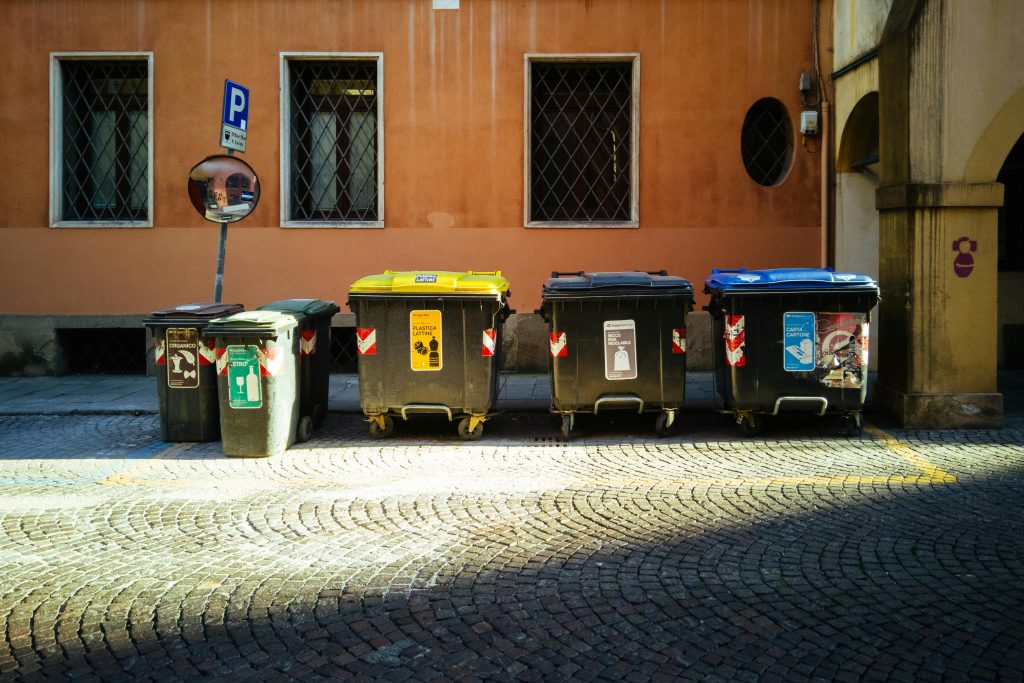
Garbage bins are like treasure chests for urban wildlife, providing easy access to food. Securing trash enclosures with proper lids and avoiding loose rubbish in open areas are basic yet neglected steps to wildlife deterrence. Similarly, ensuring bird feeders are out of reach and pet food is not left unattended helps.
Habitat Modification for Balance
Modifying our living spaces by trimming trees, closing off crawl spaces, and maintaining a well-kept yard can dissuade wildlife from making themselves at home in our homes. This doesn’t mean we should strip our yards of all greenery; we should make thoughtful adjustments to support our ecosystem without inviting unwarranted guests.
Installing Physical Barriers
Fences, netting, deterrent spikes, and other barriers can deter animals from finding their way onto properties. They also serve as a visual cue that boundaries should not be crossed. It’s a technique used extensively by commercial and agricultural enterprises that can be just as effective on a residential scale.
Responsible Wildlife Control Measures
When preventive measures aren’t enough, and the situation calls for intervention, the approach to controlling wildlife should always be considered meticulously. Ethical trapping and relocation, repellents, and exclusion devices can be employed, but always with the welfare of the animals in mind.
The Importance of Bat Control in Urban Settings
Bats are vital to ecosystems and human interests worldwide, but close encounters in urban areas can pose health risks – especially in light of infectious diseases. Responsible, professional bat control methods should be practiced to ensure safety without harming these invaluable creatures.
Community Involvement and Education as the Lasting Solution
Sustainability in cohabiting with urban wildlife is rooted in a community’s engagement. The more we know, the more empowered we are to make informed decisions. Community assemblies, educational programs, and digital platforms where residents can share their experiences and learn from one another are invaluable.
Conclusion: The Ongoing Journey of Urban Coexistence
Our cities are pulsating, living things, expanding and contracting, shaping and being shaped by the life within them – both human and animal. Our role in this narrative is significant, as we have the knowledge, the tools, and the heart to author it responsibly. The task ahead is manifold – it involves adjusting our behaviors, influencing local policy, and collaborating with others – but it’s a shared mission that ultimately ensures a brighter, greener, and more compassionate urban future.

